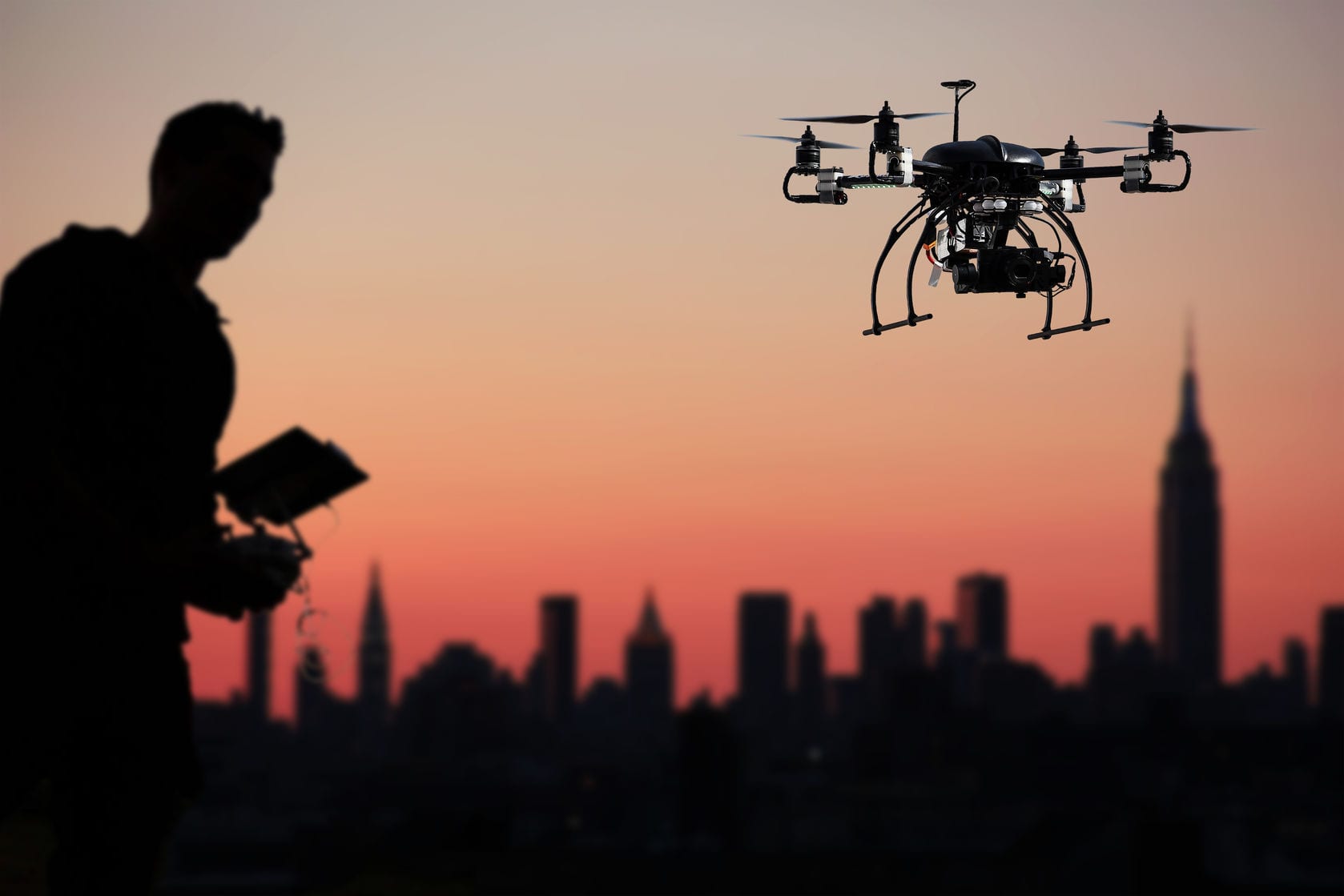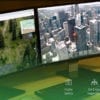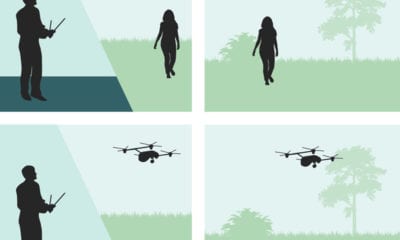News
Autonomous Hazard Mitigation for Drones
There are a large number of commercial algorithms, flight control setups and open-source avionics data sources that provide control systems for UAVs to operate, but do not offer full integrity in terms of security and reliability of these systems. The behavior of a drone, obviously, depends on the integrity of the data it uses and the reliability of the avionic system it is using – the system that processes the data for the drone’s operation.
The Federal Aviation Regulations (FAA) sets operational limitations on the usage of drones; such as not flying beyond visual line-of-sight, flying within five miles of a commercial airport, or flying beyond 400 feet above ground level without an authorized exception. These limitations offer security for the drones at the cost of the potential possibilities that can be explored in the avionics industry.
Due to these limitations, the development and application of innovative means to ensure safety of operation while minimizing the loss in terms of cost and efficiency is indispensable.
To address this problem, Langley Research Center of NASA published their research paper titled, UAS Autonomous Hazard Mitigation through Assured Compliance with Conformance Criteria. In the said paper, they discussed a prototype assured compliance system called Safeguard.
According to the paper, “Safeguard is an independent avionics system for small to mid-size UAS designed to be a very simple system that can constrain a drone’s operation.”
Safeguard is designed to monitor and enforce conformance to a set of rules defined prior to flight, including geo-limits and altitude constraints.
The research prototype is meant to solve common concerns associated with UAV operation using assured geofencing.
Common Concerns
There are certain prevalent concerns regarding drone operation.
- Collision with other aircrafts or environmental elements like trees, birds or buildings causing vandalism of the element under collision as well as damaging of the drone.
- Loss of command and control capability causing a drone to continue with its instantaneous speed and direction and dropping after its battery runs out.
- Intentional or un-intentional trespassing of the drone into a no-fly zone. No fly zones are kept free of unidentified avionic activity for several reasons like loss of autopilot of a UAV in the area due to signal problems in the said area, threat of terrorist or malicious activity that could be carried out with drones etc. Instances of detection of drones in no-fly zones are steadily increasing.
Assured Geofencing
Assured geo-fencing is the principle behind the ‘safeguard’ developed by the researchers from NASA’s facility. The publication states the principle assertion of assured geofencing as, “If a drone’s operation can be kept within areas that minimize safety risk to other aircraft, people and property, then some airworthiness requirements or operational limitations may be simplified or relaxed.”
It is to be noted that the primary functional factor of geofencing is the maintenance of operation of a drone within an authorized airspace. Consequently, the reliability of compliance monitoring automation is to be assured.
The functionality of assured geofencing system can be summarized in order,
- Estimating the position of the drone.
- Tracking its proximity to virtual perimeters established for all geo-limits.
- Signaling when action must be taken to ensure that the drone does not breach a perimeter.
The problem concerned with geofencing systems currently under usage is that their reliability is unknown. Geofences used in commercial UAS today are typically implemented via software, in conjunction with the autopilot, sharing the same sensors, computer processor, and operating system. Most commercial autopilots are not built in compliance with aviation safety standards. Those that are, command a much higher price. Moreover, most geofencing functions rely on global navigation satellite systems (GNSS) for positioning. Space-based radio frequency systems share many common failure modes due to issues such as multipath, signal attenuation, and shadowing, etc.
Criteria for Assured Geofencing
In their publication, the researchers set some criteria for assured geo-fencing the summary of which can be listed as:
- Geo-limit data integrity – means to check the validity and timeliness of the geo-limit data should be provided.
- Position data availability and accuracy – sufficient data should be available to estimate the drone’s position at all times.
- Situational awareness – awareness of the drone’s position relative to the geo-limits should be maintained.
- Detection – the means of detecting boundary violations should be able to monitor all defined boundaries and recognize impending violations in sufficient time for action to avoid breaching the geo-limits.
- Pilot alerting – quick acting means should be provided to alert the pilot in command
- Avoidance – means of avoiding breach of any geo-limits should be sufficient to ensure the drone remains within the established geo-limits at all times.
- Collateral damage – events wherein release of high energy parts outside the geo-limits may constitute a hazard should be considered in detecting impending violations.
- Interference – performance should not be degraded by any form of interference.
- Dependencies – dependencies on external infrastructure, such as GPS systems.
The “Safeguard” Prototype
Safeguard is designed to monitor and enforce conformance to a set of rules defined prior to flight for small to mid-size drones. Safeguard is an independent system which means that it is not embedded in some sort of autopilot.
Working of Safeguard can be summarized from the publication as follows,
- Safeguard receives information on geo-limits and other performance parameters prior to flight through the base station.
- Position, navigation, and timing (PNT) data is provided by a high-grade GPS system contained within Safeguard and independent of the drone’s PNT system.
Position and proximity of the drone to the conformance criteria is monitored continuously throughout the flight by boundary violation prediction and detection algorithms.
Citation: UAS Autonomous Hazard Mitigation through Assured Compliance with Conformance Criteria, Evan T. Dil, Kelly J. Hayhurst, Steven D. Young, Anthony J. Narkawicz, NASA Langley Research Center, Hampton, VA, 23665 – https://ntrs.nasa.gov/archive/nasa/casi.ntrs.nasa.gov/20180006283.pdf


























